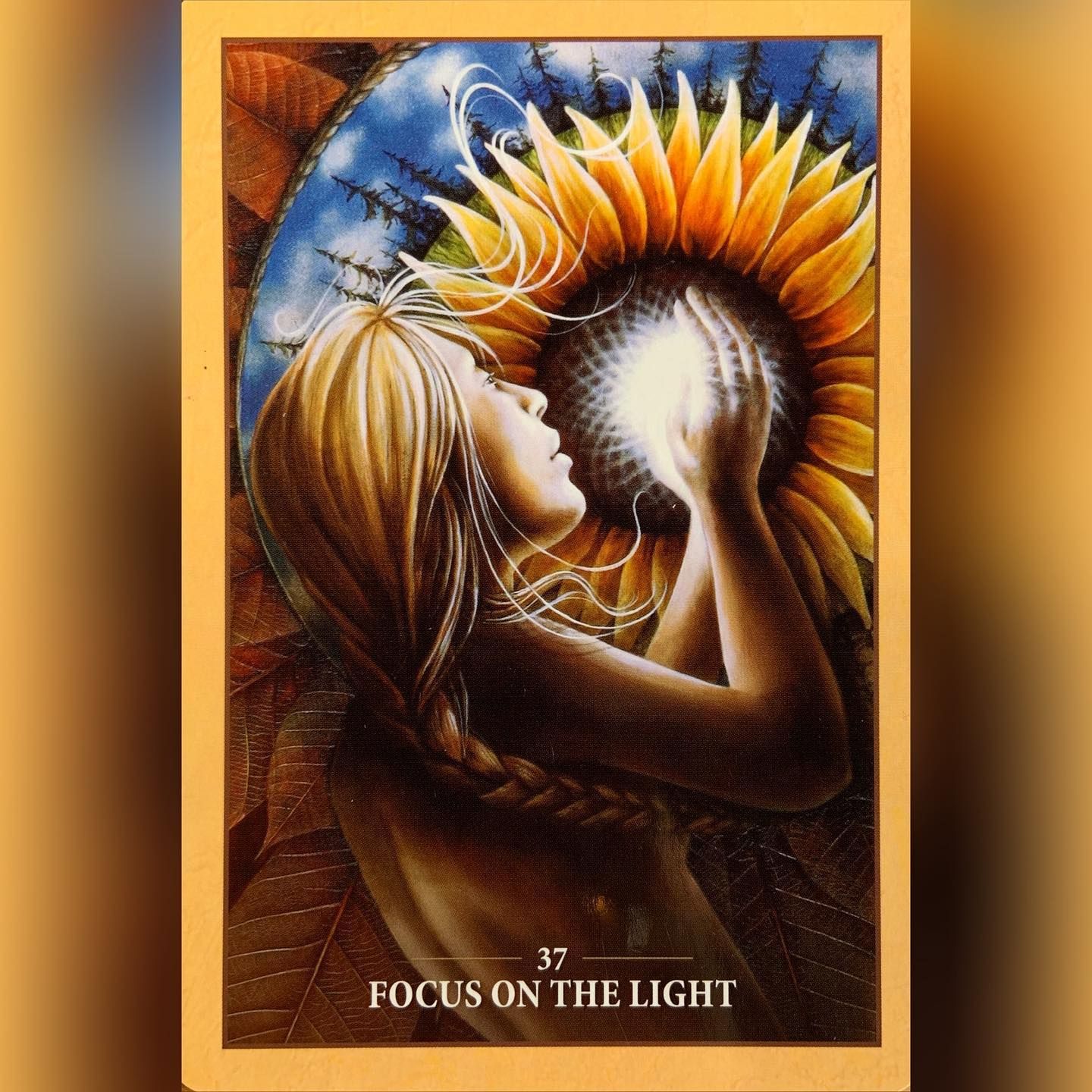
The star is the seventeenth Major Arcana card in a traditional Tarot deck. This card is used in divination and in game playing. There are many meanings to this card. Below are more details about the meanings of the Star. The star can have either a positive or reverse meaning.
Positive meanings of tarot the star
Depending upon who is reading it, the Star may have both positive or negative meanings. It can indicate that you are moving forward in your relationships and that you are progressing. It can also signify someone jealous of your accomplishments or abilities and who is eager to take you down or make a mistake. It's best to be realistic and focus on the positive aspects of your life.
The star can signify a new love or a change in your financial status. You might be able to sell some of your possessions or earn more money. It could also signify that you're going through a career transition. This can also indicate that you are ready to advance in your field.

If you get a positive reading from the star, you will feel renewed hope and strength to continue your life. You will feel a renewed sense gratitude for the Universe's gifts. You'll be more aware of others, and your sense of self will be clearer.
Tarot The Star: Reversed meanings
The Star symbolises hope and direction. You will overcome any obstacles if you have faith in yourself. However, you should not forget to be practical and look at the physical world. If your Star is reversed, you may be unable to cope with the world. You might feel despair or helpless.
Reversed Stars may also indicate that your faith is slipping away in the Universe. It is possible that you are wondering why everything is happening to your life and why it is happening now. You may need to reconnect with your spiritual side to learn gratitude for the little things in your life.
The Star could also be used to indicate your relationship with someone else. It could also signify the beginning of a new partnership in a relationship. But, it could indicate that the relationship between two people is unbalanced or not possible to continue. The Star can warn you about external demands on your partner or an over-availability in the world. However, the reversed Star might indicate that you should invest more time in your friendships or talents as they may attract love. Otherwise, you could waste your time and energy on unproductive pursuits which can only lead to wasting precious feelings.

Meaning of the tarot: Star in a yes or not reading
The Star card, which can be read as a yes/no symbol, is powerful. It indicates that you can get through difficult times without losing your faith and that you have the ability to move on. You'll find inner strength and appreciation for the good in your life after suffering.
Positive predictions are also associated with the Star. It can indicate positive or negative predictions if it shows up in a yes-or-no tarot reading. The Star can also be used to indicate a change, whether in your professional life or in a romantic relationship.
Reversing the Star in a yes or no reading indicates hopelessness, or a lack of confidence in love or a relationship. This could also indicate that you aren't putting in the effort. This is not desirable but can be due to your own mentality.
FAQ
What's a hobby for children?
For kids, a hobby can be any activity that they are interested in doing as part of their everyday routine. You might find them interested in drawing, building things, painting, writing stories, playing with toys, listening to music, reading books, watching TV, and playing computer games. They may also like to play soccer, football, basketball, cricket, rugby, baseball, and hockey.
Many parents worry about their children getting into trouble if they have the freedom to do what they want. This is not necessarily true. This is true even if your child isn't causing harm to anyone or their own safety, then they won't be in trouble.
It's important to remember that just because they like to do something doesn't mean that they'll always choose to do it. If they are passionate about drawing but hate writing, they might choose to draw pictures over writing.
There are lots of different types of hobbies out there, so it's really up to you to pick one that you enjoy most.
How do I get started with my new hobby?
To start a new hobby, you must first decide what type of activity you would like to do.
After you've decided on your subject, it is important to feel passionate about it.
It is important to know the reason you want to begin a hobby. It will provide you with direction and purpose.
Once you've chosen the hobby you would like to pursue you can start planning.
Think about the equipment that will be needed.
You might need to consider whether you should attend classes or seminars.
You must ensure you have enough room for your hobby.
A club or group might be something you consider. These groups usually offer support and advice.
The last thing you should do is think about how much money it would cost to pursue your hobby.
What are some good hobbies ideas?
You can find the best hobbies that you love doing for yourself. If you enjoy what you do, it will be much easier to keep going. If you don't feel well or tired, you will always have an excuse!
We all have hobbies that we love and know. These include painting, crafting, photography, cooking and sports.
Volunteering could be a great option.
You might be looking for something more adventurous. You might consider scuba diving or skydiving.
There are many ways to enjoy nature, even if you don't want to travel far. These include caving, cliff diving, cave tubing, abseiling, sea kayaking, rafting, canoeing, climbing, trekking, bushwalking, mountaineering, backpacking, trail running, orienteering, off-road driving, quad biking, motorcycling, motorcycle riding, dirt bike riding, jet boating, hang gliding, hang gliding, parachuting, hang gliding, heli-skiing, ice skating, snowmobiling, snowshoeing, snowshoeing, cross country skiing, downhill skiing, telemark skiing, ski touring, sled dog racing, snowboarding, snowkiting, snowmobiling, spelunking, snowshoe hiking, snowshoeing and many more.
Statistics
- Studies show that just six minutes of reading can reduce stress levels by 60 percent. (oberlo.com)
- In comparison, men in the “no humor” condition were refused 84.6% of the time and were only accepted 15.4% of the time. (time.com)
- A new survey by Pew Research Center of teens ages 13 to 17 finds that 36% of girls feel tense or nervous about their day every day; 23% of boys say the same. (pewresearch.org)
- Much of this decline reflects the fact that teens are less likely to work today than in the past; among employed teens, the amount of time spent working is not much different now than it was around 2005. (pewresearch.org)
- 37% Video Games 36% Travel 36% Health and Fitness (quizexpo.com)
External Links
How To
How to begin gardening
Gardening has been around since the dawn of agriculture. It takes patience, persistence, determination, and perseverance. The first step to starting a garden is to pick a spot where you will grow food. You can choose to have a large area or a small one in your backyard. Next, pick the type of plants that you would like. Are you more fond of flowers or vegetables? Some people enjoy growing herbs while others love raising livestock such as rabbits. Before you decide on the type of crops you want to plant, it is important to consider the space available. If you live in a region that experiences cold winters then it is possible to grow fruits and berries.
Once you have made your choice, it is time to prepare the soil. It is vital that your soil is prepared properly to determine whether or not your plants will thrive. The soil should be rich in organic matter to provide nutrients for your plants' roots. Organic matter is made up of leaves, twigs grass clippings, manure and compost. You need nutrients to your soil after you have prepared it. You might need different amounts, depending on the species of plants that you want to grow. To determine these values, you can use a fertilizer calculator online. Many fertilizers are available, so make sure you know what you are buying.
After preparing your soil and adding the proper nutrients, you now need to wait until your seeds germinate. The process takes between 2 weeks and 3 months depending upon the climate in your area. Once the seeds have sprouted you will need to water them often. Too much or too little water can cause problems. Overwatering can cause problems. Overwatering can cause root rot or fungal diseases. Consider that plants generally need less water in the warmer months than they do in winter. Also, remember that certain plants need to dry out after watered. For example tomatoes should be kept slightly moist and not wet. They are not happy to be in soggy soil. After they have finished flowering, they must go dormant. Dormancy occurs when plants stop producing any new growth and start to store energy for the next harvest. Dormancy is when the plant stops sending signals back to its roots for food production. Plants continue to store energy throughout this period. If temperatures fall below freezing or the plants are not getting enough sunlight, they will die.
Urban areas can limit your choices for plants. Concrete sidewalks, roads and buildings are common in urban areas. They block sunlight from reaching the ground. Concrete absorbs light which blocks sunlight from reaching the ground below. Many plants can't thrive in urban environments because they lack sunlight. However, many plants can still thrive in urban environments. Many trees, shrubs and perennials can thrive in urban environments. Many annuals are also possible to grow indoors in containers. Container gardens allow you to bring fresh greenery into your home year-round regardless of the weather outside.
You are now ready for planting!